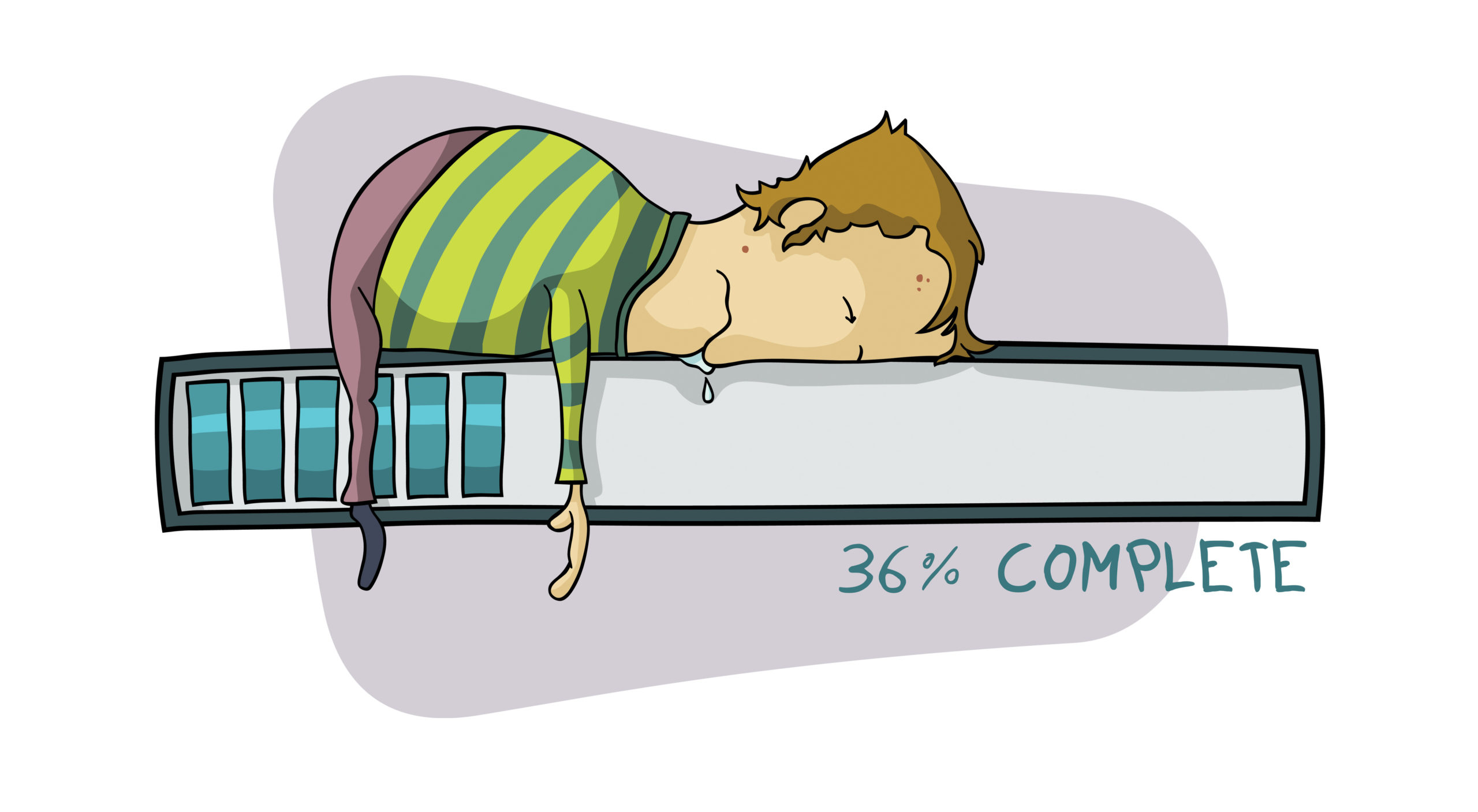
Comparing Vista to ME is like a bologna-eating contest. Neither tastes particularly good and we know where both are going to end up.
Windows ME had no product activation, was completely buggy, and had very little to offer in terms of new features. System Restore, a new interface similar to Windows 2000, and Automatic Update were about it. It was a fair operating system, though, as it took as long to shut down as it did to boot up. Since Microsoft decided to remove non-PnP drivers from the installation CD, it had compatibility issues with software, was tricky to install, and tough to get legacy hardware running. Because of this, Windows ME made the number 4 spot on PC World’s “25 Worst Tech Products of All Times” list, a distinction no one would want.
Vista is easy to install, but, still today, has problems with drivers availability for a lot of hardware, especially Nvidia motherboards, raid controllers, and video cards. Vista has increased, improved, and created a hard to use security feature in User Account Controls. It has a nice all-be-it resource-costly interface, is relatively expensive and has much tougher product activation than previous windows versions.
So, do these problems warrant continuous comparisons of Vista to ME? After a lot of thought I have to say, YES! Simply put, people have come to expect giant leaps in technology. If there’s going to be a change, then the change better be worth the trouble. This is especially true for business users. The time taken from business productivity to configure new systems is significant indeed. Hardware, configuration time, getting up to speed, new compatible software, all add up to a substantial cost for any business.
While there were some cries of confusion with the introduction of Windows XP, there seemed to be an over-all acceptance of its flaws. I’d go so far as to say a romance developed between users and XP that goes on even today. This new harlot, Vista, is going to need more than heavy makeup to pry the lovebirds apart.
It seems that most of Vista’s improvements were to help the software and application developers. Features like Net Framework v.3, improved networking, and peer-to-peer technology are helpful but lack flash. If you already have a working network, the thought of setting up a new one triggers only fear and a reflex grab to your pocket book. It certainly doesn’t make you want to shout Wowsa Momma!
Speaking of shouting, the biggest shout to date came because of the outrageous changes that were proposed for product activation. The feature was so restrictive in its original form that even Microsoft heard our shrieks. Fortunately, those restrictions were relaxed before the product hit the shelves. For those of us who change hardware more often than we change our sheets, that was a much-needed concession. I’m hoping that sometime soon Microsoft realizes it could restrict itself right into non-existence.
If there has been any further shouting since those initial shrieks, it’s been shouting about the hard to configure and massively intrusive, User Account Controls.The whole thing is just irritating, irritating and impossible for Aunt Lilly to set-up. A quick look at the poll on our PC Pitstop Home Page will convince you of that. A solid 40% turn it off, and another 35% don’t even know what it is. That leaves a small, computer savvy, 25% to take advantage of what might be Vista’s only saving grace.
Even with virus activity on the wane, protection from spyware is important to the average user. UAC goes a long way towards providing protection, but just doesn’t lend itself to being used by the majority. Being useful isn’t enough these days. It must be unobtrusive before the public will get behind it. Gauging degree of protection against interference with operation has been a problem for software designers for a long time. Whether it’s UAC in Vista or security settings in Internet Explorer, the balance is a delicate one. More cars are bought for style and performance than are bought for safety. Software and computers are no different.
The one thing that can’t be left out of this comparison is Vista and DRM, Digital Rights Management. Microsoft, under the guise of helping the entertainment industry, has added copy protection technology for new media formats like HD-DVD and Blu-ray disks.
This feature can intentionally degrade the display quality of your media or even prevent your media from playing altogether. Want it or not, Vista monitors your system and uses your resources to stop you from playing media through a device it deems unacceptable. You pay a big price for quality media and Vista prevents you from enjoying it. Doesn’t seem like a good deal to me. I’m hoping that Bruce Schneier is correct in his Feb.2007 commentary for Forbes, when he says. “What the entertainment companies are finally realizing is that DRM just annoys their customers.”
We all know Microsoft isn’t concerned about the entertainment industry. When it comes to media formats and control of distribution, Microsoft has a proven track record. There are so many things wrong with DRM and Vista that it deserves an article unto itself. Be aware that Vista is the only operating system with DRM included. This feature alone is enough for me to stick with Windows XP and award Vista the BOTTOM OF THE PIT award for 2007.




